The Watergate scandal already commands a wide bookshelf. In the fifty years since Richard Nixon fell on his sword, we’ve had the big-ticket books by the tag-team of Woodward and Bernstein, and others, by contrast, seeking to exonerate Nixon and pin the whole thing on his adversaries; tales about secret sources and White House interns and plucky whistleblowers like the oleaginous John Dean and that human hand grenade Martha Mitchell; not to mention self-serving memoirs from all the principals, some now on their second or third helping at the table; or the ones saying it was all a conspiracy involving an unholy alliance of the FBI, MI6 and KGB, with the little green men from Mars thrown in.
In 2020, a former comic-book writer named Lamar Waldron brought us an 800-page doorstop of a book claiming that the whole thing was the work of the Mafia on the basis that Nixon had straddled the worlds of politics and organized crime — if so he was neither the first nor the last occupant of the Oval Office to do so.
Now the award-winning author Heath Hardage Lee visits one of the few relatively unexplored corners of the story, with a new biography of Nixon’s long-suffering wife Pat. Perhaps it’s not specifically about Watergate, but then again, it’s not coincidentally published all but fifty years to the day since Pat herself left the White House, pausing amid the carnage to order thirty-eight red roses for her husband’s successor Gerald Ford and his wife (Ford being the 38th president), to be delivered as they moved in. Consider that for a moment: your entire world has just crashed around you, your husband has fallen from being the most powerful man on earth to joining the ranks of its most reviled, you’re moving overnight from the spangled palisades of Washington to a crumbling seaside villa 3,000 miles away, your two children are traumatized and your thoughts are for the welfare of the couple inheriting everything you have just lost. In that small gesture of the flowers, we can surely glimpse the essence of the woman at the heart of this book.
Official Washington could never quite decide what to make of Pat Nixon. Sphinx-like in her public utterances, photographed standing demurely at her husband’s side everywhere from the top of the Great Wall of China to the back streets of Caracas, where the Nixons were spat on by an anti-American mob, Pat was so accustomed to smiling through adversity that it became routine. When she was a girl, she once said, “life was sort of sad, so I tried to cheer everybody up. I learned to be that kind of person.”
When Richard Nixon faced his first resignation crisis in September 1952, pressed to withdraw as Dwight Eisenhower’s presidential running mate over a campaign-funding scandal, it was Pat who persuaded him to stay on. Just before he went on air with his famous Checkers speech, he faltered again, telling her he didn’t think he could go through with it. “Of course you can,” she replied. “Pat is not a quitter,” Nixon told a nationwide TV audience minutes later, as his wife sat by his side, a clenched smile on her lips, as he proceeded to reveal the full list of the family’s assets and liabilities, an exercise in humiliation then unprecedented in American public life.
Nixon concluded the couple’s mortification with the words: “Well, that’s about it. That’s what we have. And that’s what we owe. It isn’t very much. But Pat and I have the satisfaction that every dime we’ve got is honestly ours. I should say this, that Pat doesn’t have a mink coat. But she does have a respectable Republican cloth coat, and I always tell her that she would look good in anything.”
Cloying as the lines sound today, they had an electrifying effect on the American public seventy-two years ago. Over 60 million viewers tuned in, and within minutes calls and cables of support flooded Republican headquarters. Eisenhower and Nixon defeated the Democrats in November by 7 million votes. When the Nixons’ younger daughter Julie interviewed her mother years later for a biography, Pat still found the whole episode “chokingly painful” to discuss. While Nixon himself celebrated the anniversary of the speech every year, his wife never again referred to the matter. “I understood how much it had hurt her, how deeply it had wounded her sense of pride and privacy,” the ex-president would write in his memoir RN, of the Faustian pact the couple had made to keep his career on the tracks. “I knew that from that time on… she would hate politics and dream of the day when I would leave it behind and we could have a happy and normal life.”
It has to be said that the words “happy” and “normal” aren’t the ones that spring to mind to describe the life of the former Thelma “Pat” Ryan. She was born in the small mining town of Ely, Nevada, in March 1912, before moving with her family to California when she was two. By the time she was thirteen Pat was nursing her mother, who was dying of cancer, and managing to excel at school while acting as housekeeper on the Ryans’ ten-acre truck farm in Artesia, south of Los Angeles. Shortly after her mother died, she was nurse again to her father, who had contracted silicosis as a copper miner.
On her own at seventeen, just as the Depression was starting, Pat took on a series of jobs — as everything from an X-ray technician to a $7-a-day Hollywood extra in movies like Ben-Hur — to put herself through college. One day in 1931, she was working as a teller at Artesia’s First National Bank when a masked man came in with a gun and demanded all their cash. Pat calmly handed it over, then wrote down a detailed description of the man’s features, which she later read out in a “commanding voice” at the trial where he was convicted of armed robbery.
In 1938, Pat met Richard Nixon, a young lawyer from Whittier, California, when they played opposite each other in a local production of Alexander Woollcott’s play The Dark Tower, a title that perhaps foreshadowed the final days of Nixon’s besieged presidency thirty-six years later. He proposed the first night he saw her, but she kept him waiting for two years until finally consenting, at the age of twenty-eight, to marry the man she assumed might go on to become a modestly prosperous small-town attorney, with a side hustle in the frozen orange juice business he had just formed with two partners.
Instead, Nixon went off to war, caught the eye of some prominent Republican backers on his return, and in short order won a seat in the US House of Representatives, finding himself on the presidential ticket just six years later. Pat in turn subordinated herself to her husband’s ambitions, serving as wife, mother and uncomplaining companion on political platforms around the globe from Burbank to Beijing. “The only thing I could do was help him,” she later said, “but it was not a life I would have chosen.”
For better or worse, Pat Nixon remains, as the title of this book suggests, a somewhat inscrutable figure. The major events, the houses, the children and the steady descent into the swirling vortex of national politics are all here, related in a gently authoritative, cohesive style. Beyond that, the author’s challenge is to prize off the mask of serene amiableness that earned her subject the nickname Plastic Pat, which she does with some success.
Several myths are scotched along the way, among them the persistent notion of Pat’s emotional fragility. Even in the helicopter taking the Nixons away from the White House for the last time, we learn that the former first lady “looked down and just said, ‘It’s so sad.’ She did not cry.” Pat’s habitual sangfroid slipped only a month later, on hearing the news that her husband had been pardoned by President Ford. “Pardoned for what?” she snapped, calling the gesture “just another gift to our enemies.” There was a core of steel under the placid exterior.
Pat and Dick Nixon had much in common. Both came from poor homes and bettered themselves by talent, hard work and fierce ambition. Both were political moderates, equally deploring the greed and arrogance of the Republican establishment and the doctrinaires of the left. Both were essentially products of small-town America. Both loathed the press. It comes as no news flash that Bob Woodward and Carl Bernstein weren’t fans of the Nixon presidency, but to portray the White House of 1973-74 as a snake pit in which Pat stumbled around the hallways at night with a tumbler of bourbon in her hand, as they did in The Final Days, only demonstrates that they could bite as fiercely as any other reptile, and that their venom wasn’t restricted merely to the presi- dent.
Heath Hardage Lee’s portraits of the Nixons and their circle are compelling and clear-eyed, and there was a moment of real poignance — though his critics might call it bathos — when the former president broke down uncontrollably at his wife’s funeral in June 1993. Nixon himself would die less than a year later. He may have been the most psychologically flawed occupant of even the Oval Office, but there was always an instinctive tenderness in his family life, as seen in his final book, Beyond Peace, which he dedicated to Pat, his “ambassador of goodwill.”
This article was originally published in The Spectator’s August 2024 World edition.



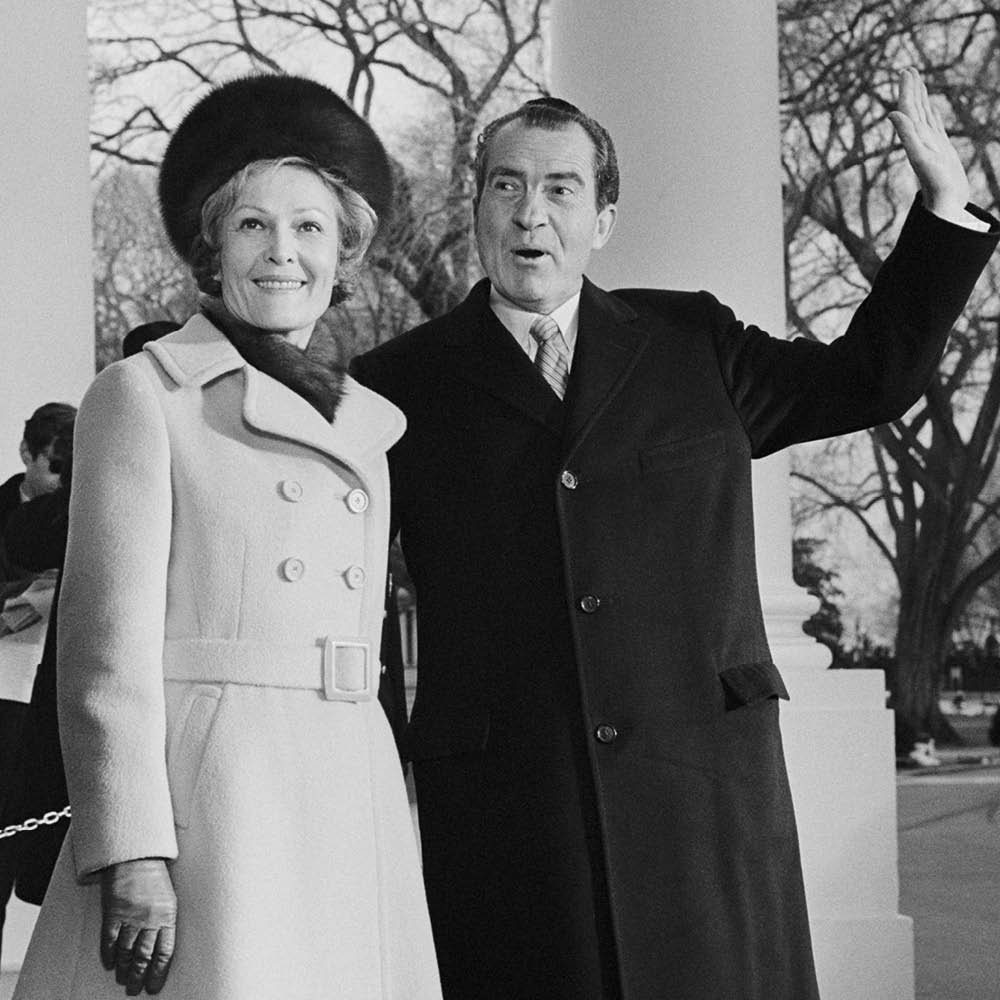






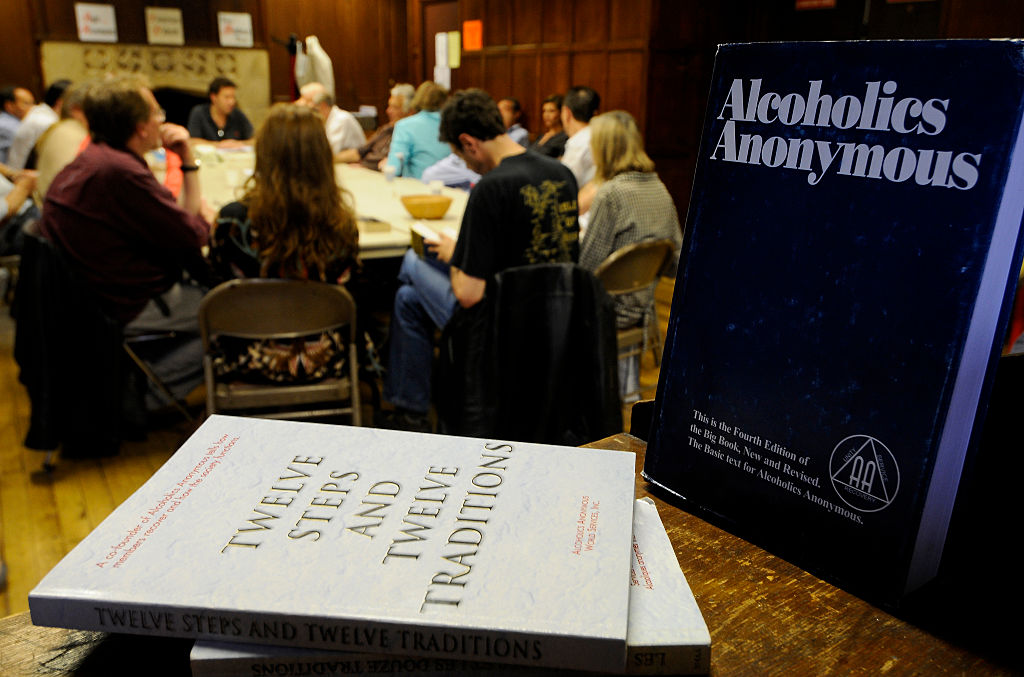
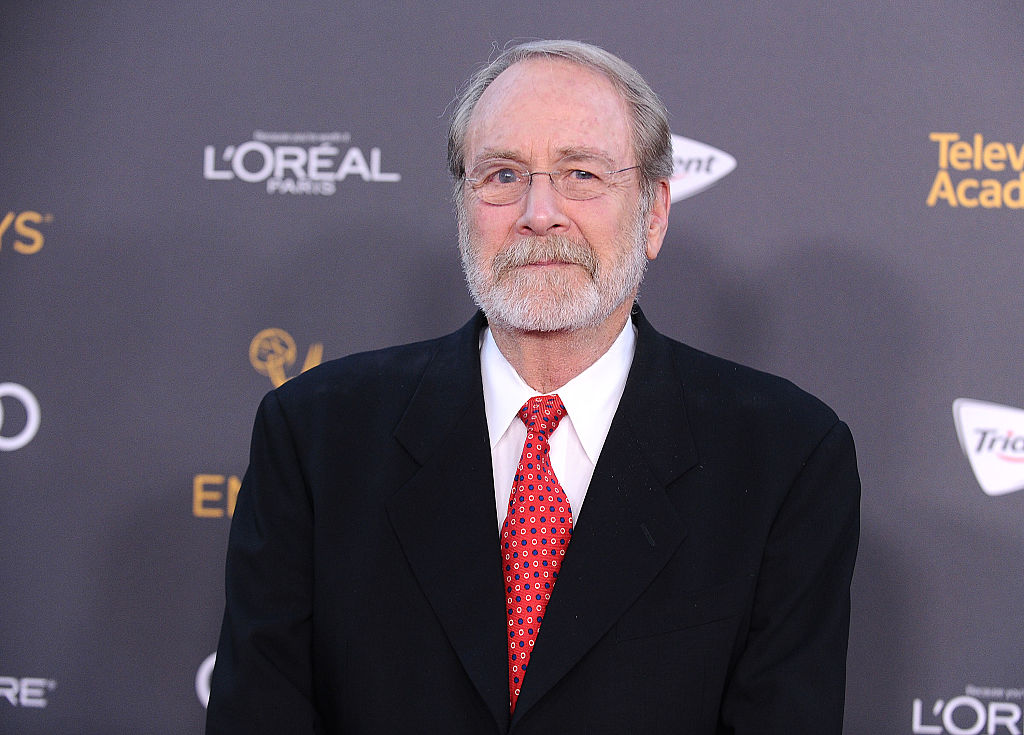
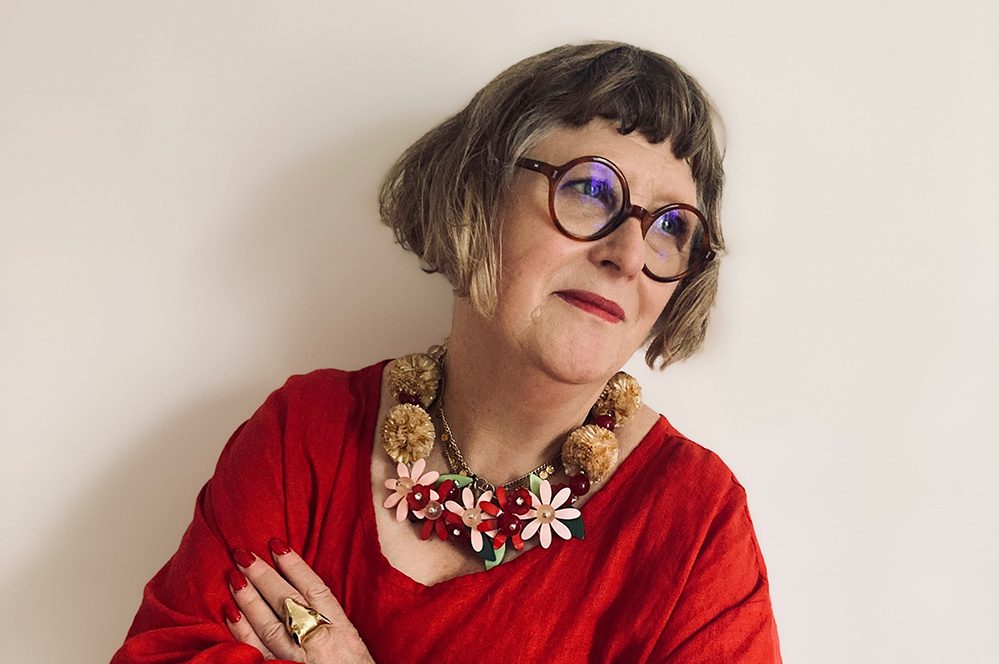
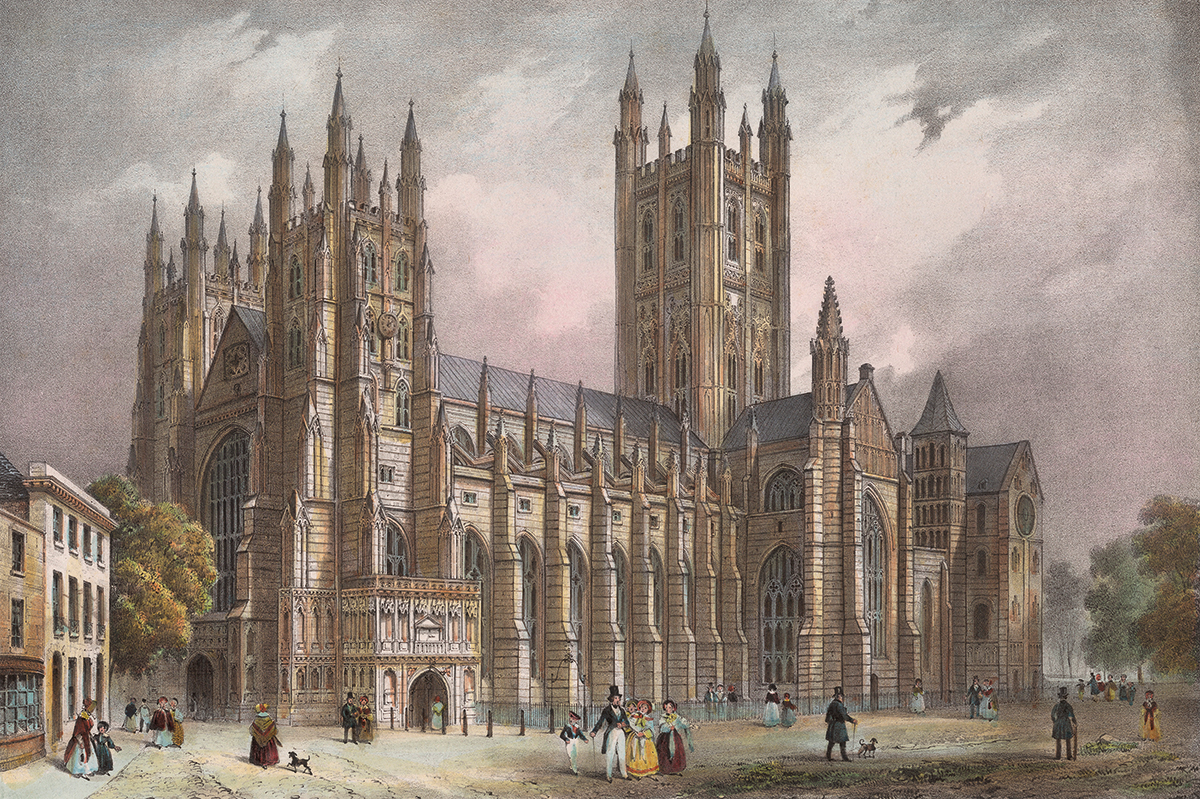

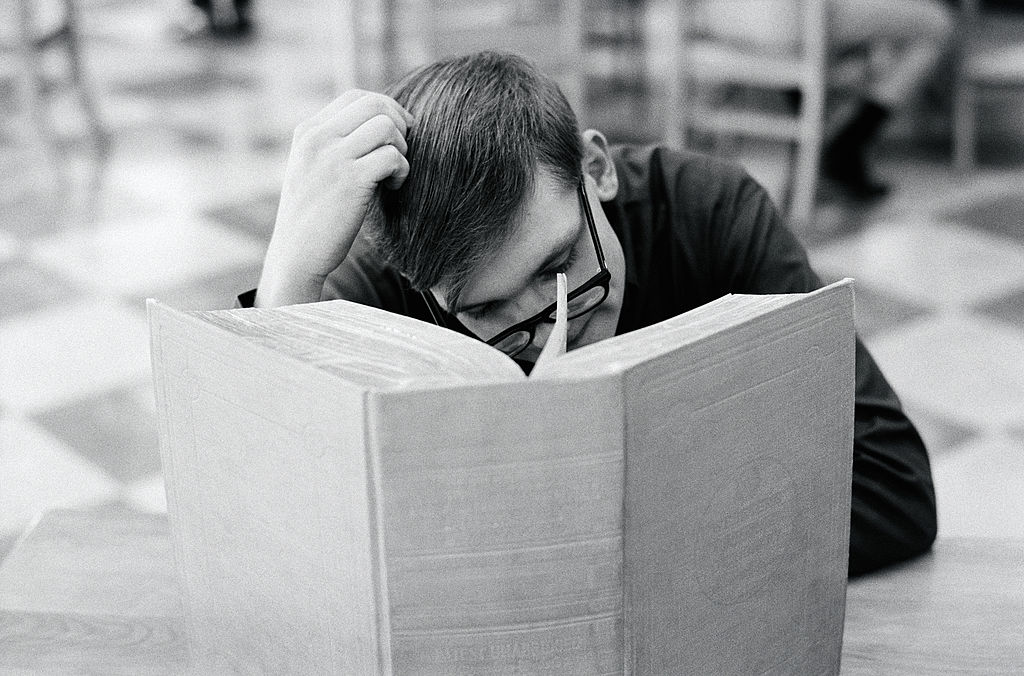







Leave a Reply